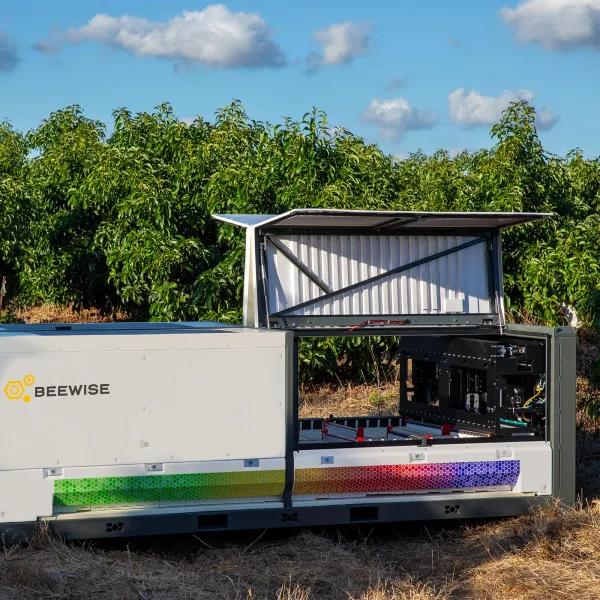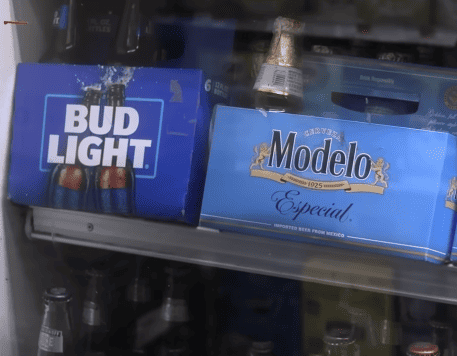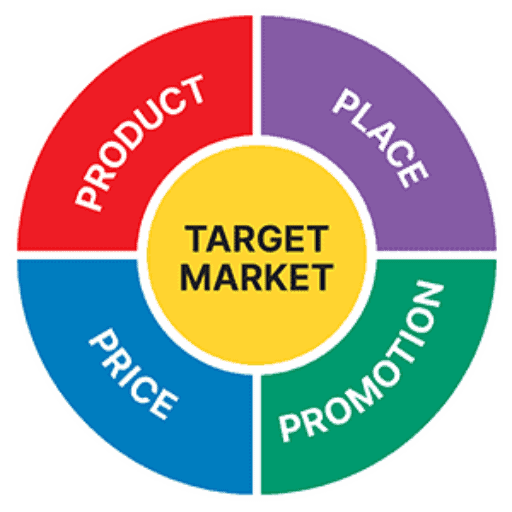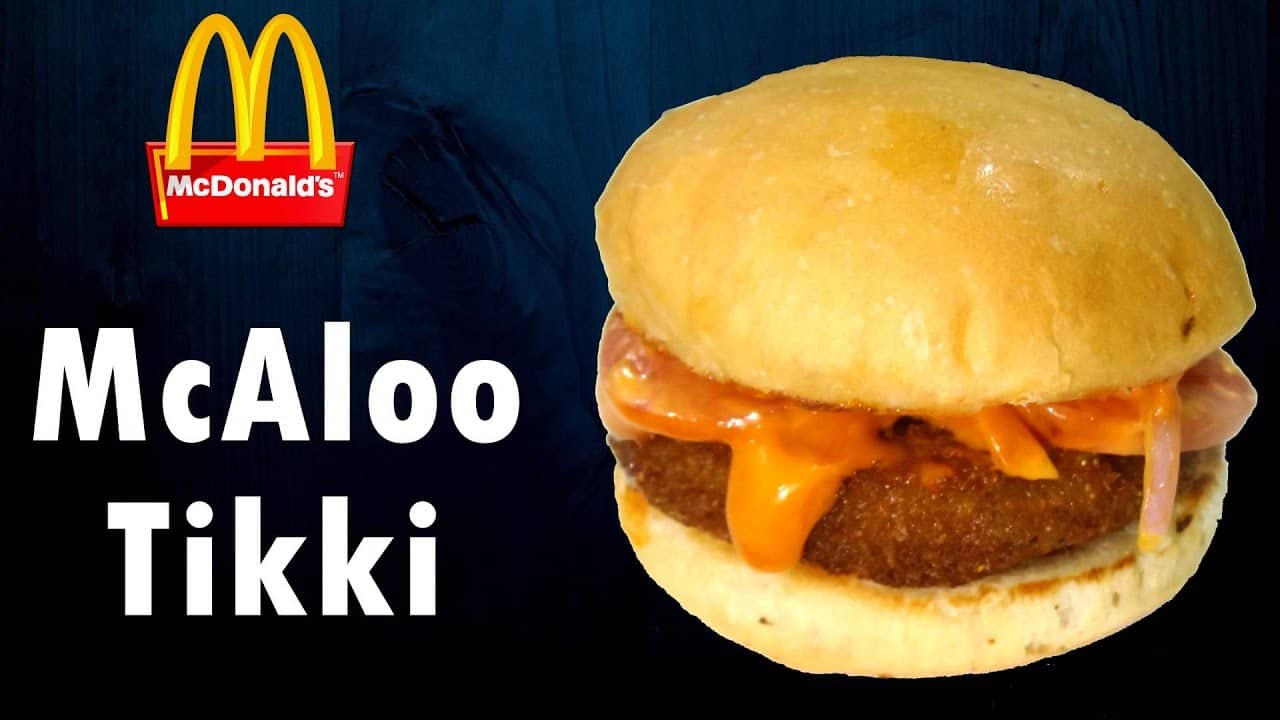Case Study: Liquid Death and the Power of Branding
While there are many examples of powerful brands, Liquid Death is powerful, timely, and relevant to the young adults most of us are teaching. The…

While there are many examples of powerful brands, Liquid Death is powerful, timely, and relevant to the young adults most of us are teaching. The…

You may recall the Where’s Waldo book series. Waldo was hidden in a drawing and you had to find him. This little activity, “Spot the…

Marques Brownlee, a YouTube tech reviewer known as MKBHD, has become a pivotal figure in the consumer electronics industry. From his studio in Kearny, New…

Are you searching for some fun new examples to use in class? Innovation and new products are an important outcome of good marketing. The Time…

Have you been asked to tip in new situations? How do you handle it? I couldn’t believe it when the fast food restaurant asked for…

This article in the New York Times (requires subscription, but I am thinking most faculty have access through subscription or their university) describes the growth…

In our textbook, we stay away from references and images of alcohol. We know that some instructors prefer not to expose their students to any…

The meal kit industry is challenging. Since building this market in the late 2010s, Blue Apron has struggled to be profitable and was recently sold….

McAloo Tikki Burger anyone? Only in India. McSpaghetti? Only in the Philippines. McDonald’s has restaurants all around the world. It has learned to serve this…